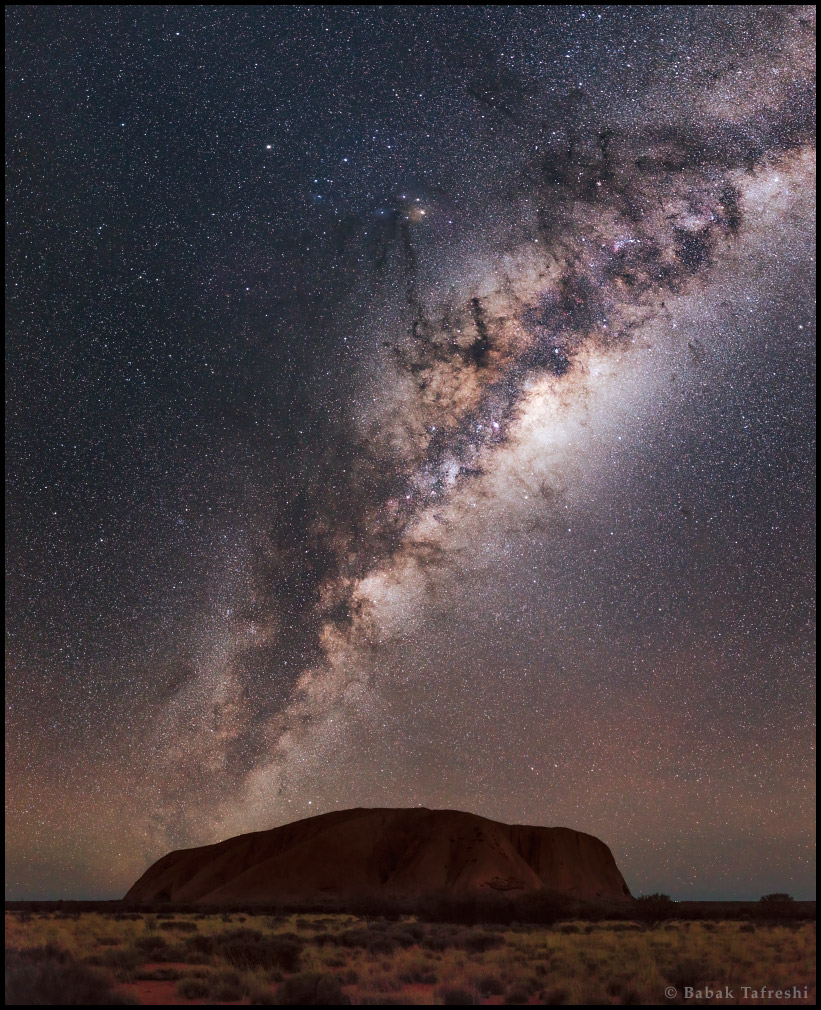
Every day a fun new picture!
Featured Topics
The Physics of Time:
Time is a complex concept. People typically think of time in terms of units such as seconds, minutes, hours, etc. On Earth, humans historically defined units of time such as day, month and year in terms of astronomy. A day is the amount of time it takes for one rotation of Earth on its axis. A month is the amount of time it takes for the moon to complete one orbit of the Earth. A year is the amount of time it takes for Earth to complete one orbit of the sun. Smaller units of time such as the hour, minute, and second are then just subdivisions of these. But units of time are completely arbitrary. Humans could have defined time units in other ways. Time units are not time.
How does time behave? According to physics, microscopic processes are hypothesized to be time-symmetric, meaning it's equally likely they will proceed forward or backward in time. A fancier name for this is time-reversal invariance. Obviously, this is not what we experience in real life. If you shatter a cup, there's no scenario in which it flies back together again. The reason for this is the second law of thermodynamics which states entropy, or disorder, always increases. Thus, macroscopic processes exhibit an arrow of time. Time seems to proceed in only one direction, i.e. into the future. We could call this the asymmetry of time.
But what is time? Physics says time is mathematically the same as space. Physicists combine the three spatial dimensions with the temporal dimension to create four-dimensional spacetime. Special relativity is the theory that relates space and time and has been proven by experiments. According to special relativity people observe time dilating, or stretching out, if they are moving relative to each other or if they are different distances from gravitational masses. For example, clocks on Earth actually run slightly slower than clocks on GPS satellites. This is called time dilation and is due to the very nature of spacetime.
Some mysteries of time remain to be fully explained. Why does the asymmetry of time exist? What does it really mean for time to be like space? What is the spacetime continuum, really?
